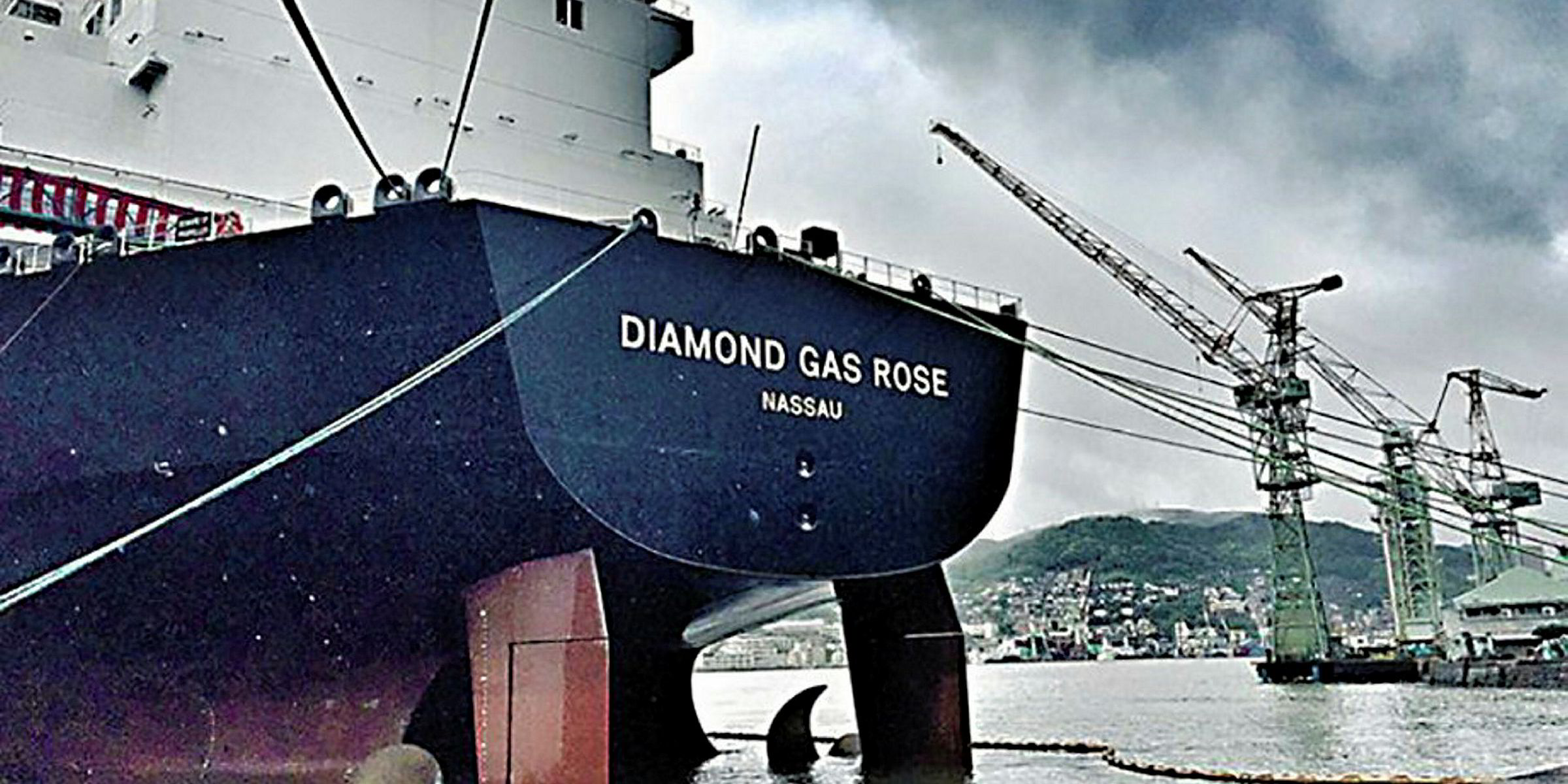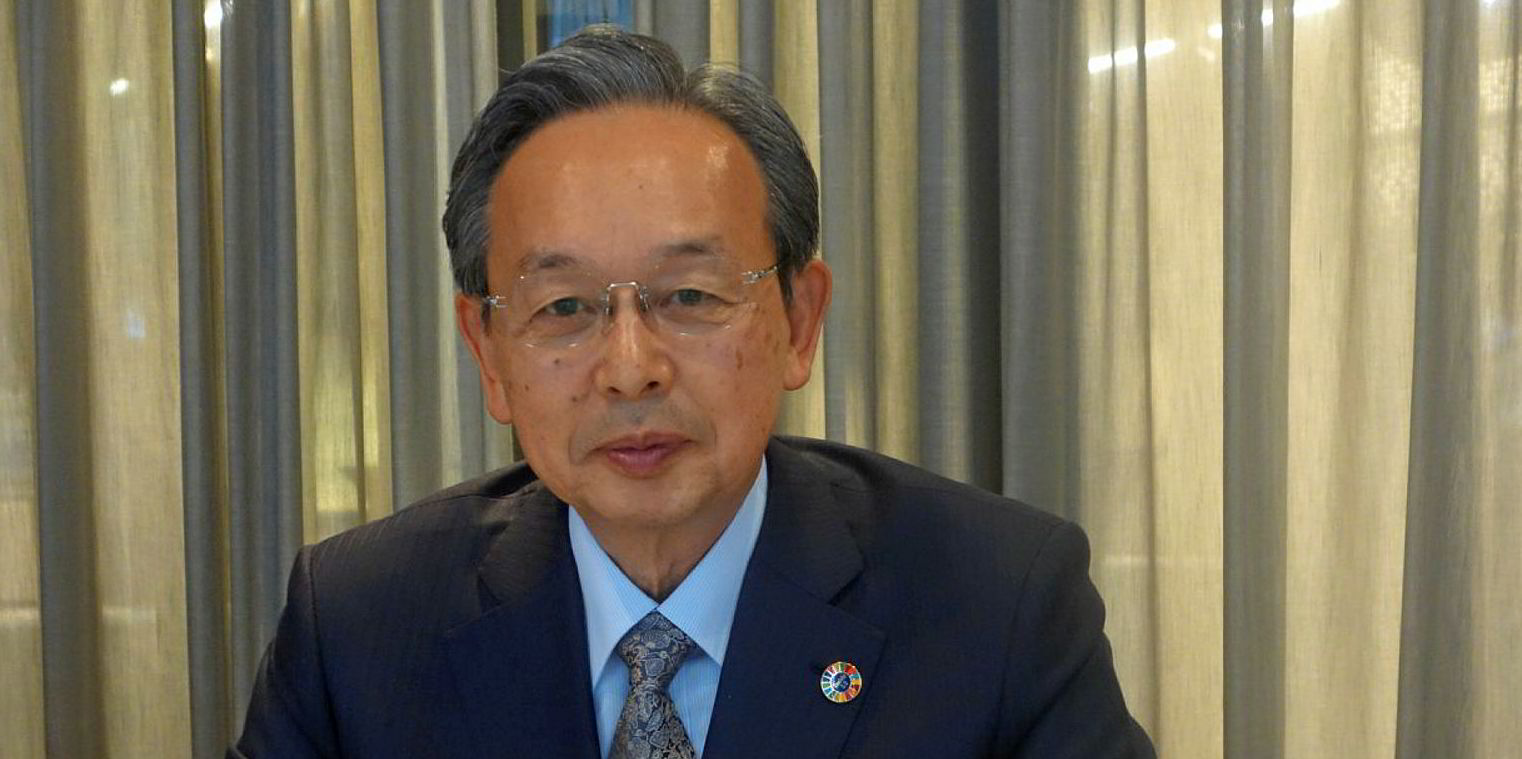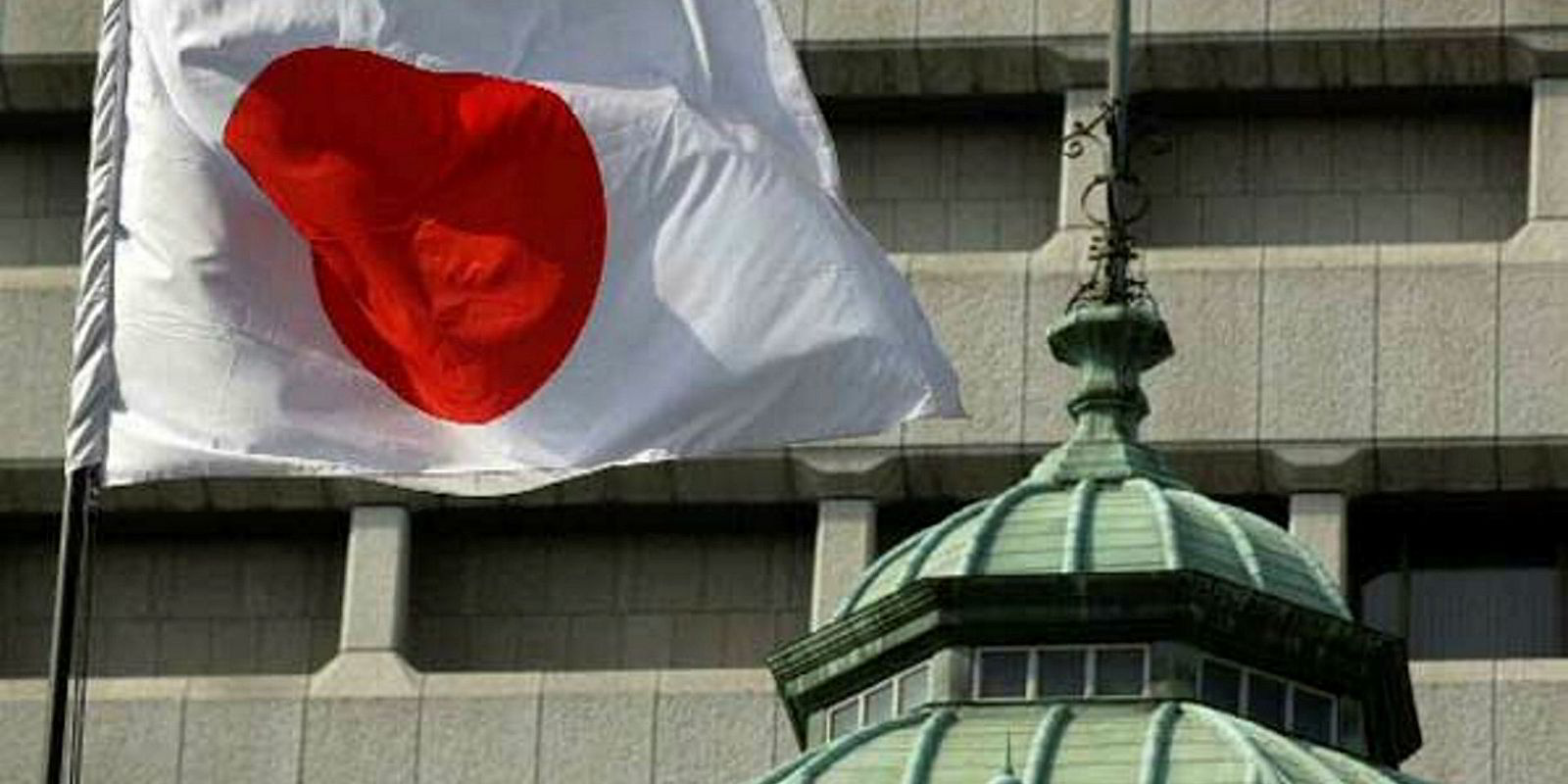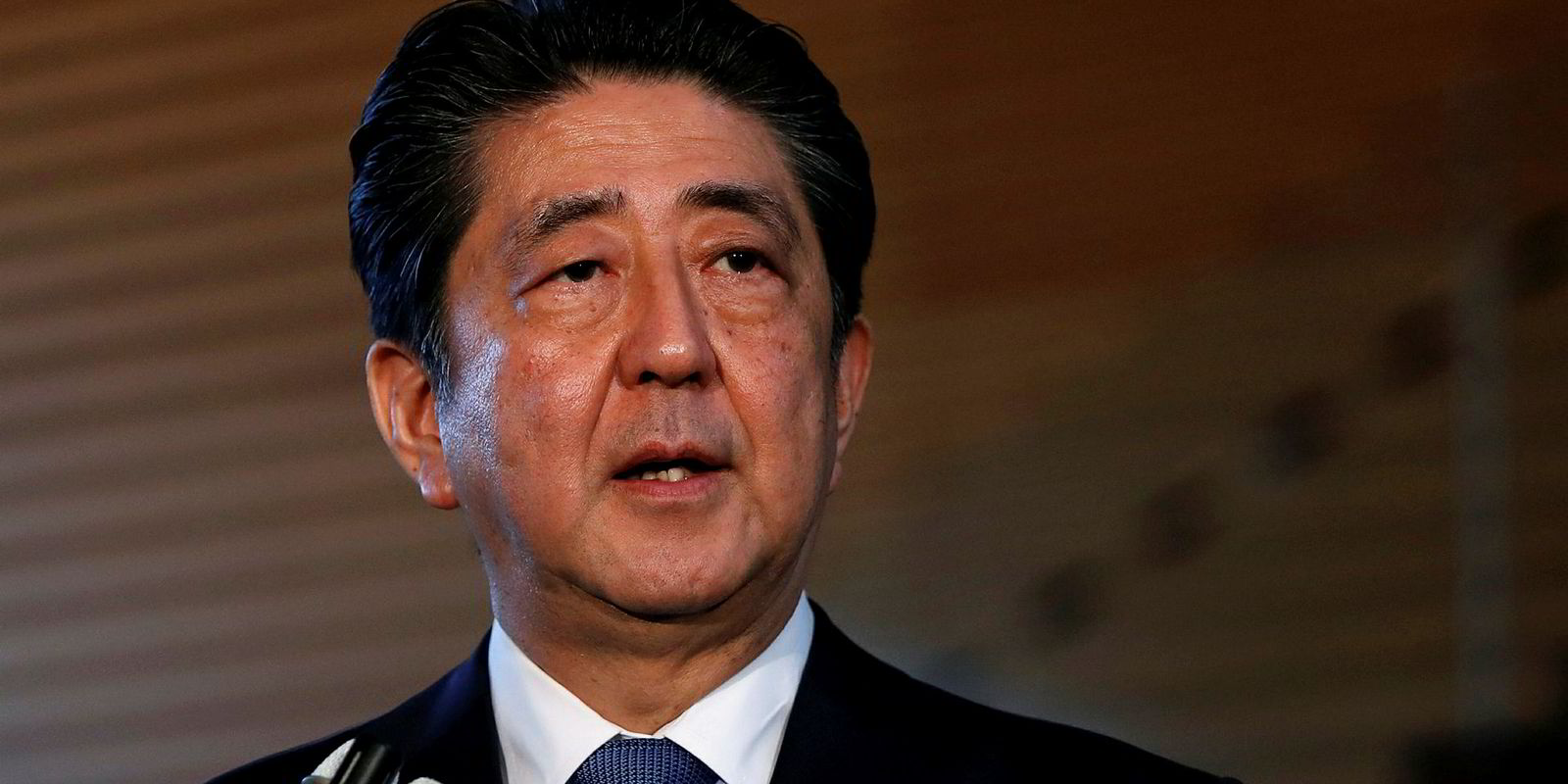Faced with fierce foreign competition and macroeconomic uncertainty, Japanese shipbuilders aim to expand their orderbooks on the back of newbuilding demand triggered by tightening environmental regulations.
Despite slowly recovering order intake in the past two years, data from the Japan Ship Exporters’ Association (JSEA) shows domestic shipyards’ total backlog has continued to shrink.
The national export orderbook consisted of 488 vessels of 24.4 million gt at the end of April, down from 506 ships of 26.8 million gt at the same time last year.
Suggesting the current orderbook can keep domestic yards employed for a further two-and-a half years, JSEA president Yasuhiko Katoh tells TradeWinds: “More order intake is necessary ... The order backlog is somewhat declining.
“We are not in a very difficult situation yet, but we need to have more efforts [to increase] order intake.”
According to Katoh, who was appointed this quarter, LNG and LPG shipping are probably the most promising sectors in terms of attracting newbuilding investment, with gas production in the US and Qatar expected to rise in the coming years.
While Japanese yards remain competitive in winning orders for LPG carriers, they are having a hard time competing with South Korean rivals for the high-value business in constructing LNG carriers.

According to Clarksons, Japanese shipbuilders had 10 LNG carriers on order as of 1 May, dwarfed by the 102 vessels at South Korean yards.
Mitsubishi Heavy Industries and Kawasaki Heavy Industries have been building LNG carriers for decades, although less experienced players such as Japan Marine United are facing delays in recent deliveries.
Overall, Katoh says Japanese companies do not have “any problem” in competing with South Korean yards on the technological front. The problem is “only pricing”.
The South Koreans can build a 174,000-cbm LNG carrier — the most popular size — for $185m to $190m. Japanese yards often ask for at least $200m, according to industry sources.
At the World Trade Organization, the Japanese government has complained that Seoul provides subsidies and refund guarantees via policy banks to some yards under their ownership, thus distorting shipbuilding prices and contributing to overcapacity.
Tokyo’s efforts are funded by Japanese shipyards.
“Ship prices are quite low compared to the actual building cost,” Katoh says. “It should be the same for Korean shipyards too.”
Based on Clarksons’ estimates, at least 21 LNG liquefaction projects are due to begin operation between 2019 and 2024, requiring 146 gas carriers of between 165,000 cbm and 182,000 cbm each.
“[South] Korean shipyards cannot take all of the demand,” Katoh says. “We have quite a chance to come back again to the market.”
[South] Korean shipyards cannot take all of the demand. We have quite a chance to come back again to the market
Yasuhiko Katoh
In other sectors, he points out that the global orderbook for crude tankers is already large but there could be some “replacement” demand for bulkers.
With low freight earnings and the IMO’s new bunker rules taking effect from 1 January, some industry officials have predicted more scrapping of bulkers in the coming quarters.
However, the earnings outlook for dry bulk shipping is heavily influenced by the global economy, whose growth prospects have been dampened by the US-China trade war and Brexit.
“It’s very uncertain,” Katoh comments. “Many shipowners have still not decided on where to go.”
Another layer of uncertainty comes on the regulatory front. The IMO has set ambitious emissions targets for the coming decades, but the implementation measures are yet to be decided.
For 2030, when the IMO seeks to reduce carbon intensity by 40% from the 2008 baseline, Katoh says Japanese yards will seek to design low-resistance hulls, develop renewable energy for vessels, highly efficient propulsion engines, and introduce optimal route devices.
He also calls on regulators to phase out the least energy-efficient, most polluting vessels, while providing incentives for retrofitting some existing ships to reduce emissions: “Any kind of vessels should be categorised ... in terms of fuel efficiency and CO2 emissions volume.”
The IMO has a target of halving greenhouse gas emissions by 2050. For this, Katoh suggests new types of low-emission marine energy need to be developed — and the industry has to find a way to share the costs.
Novel design
He says LNG, LPG, hydrogen, biofuel, ethanol, methane, ammonia and batteries can all be part of the future marine fuel mix, but progress will take time and depends on how much the industry can invest.
“The costs for such novel design — we have to calculate how such extra costs can be borne not only by shipbuilders, owners or operators but every stakeholder [who] should contribute to the costs,” he comments.
Shipbuilders can't just focus on emissions goals, Katoh argues.
"We need to collaborate with each other. Equipment-makers, research institutes, governments — I think strong relationships between those sectors should be established to achieve the goals,” he says.





